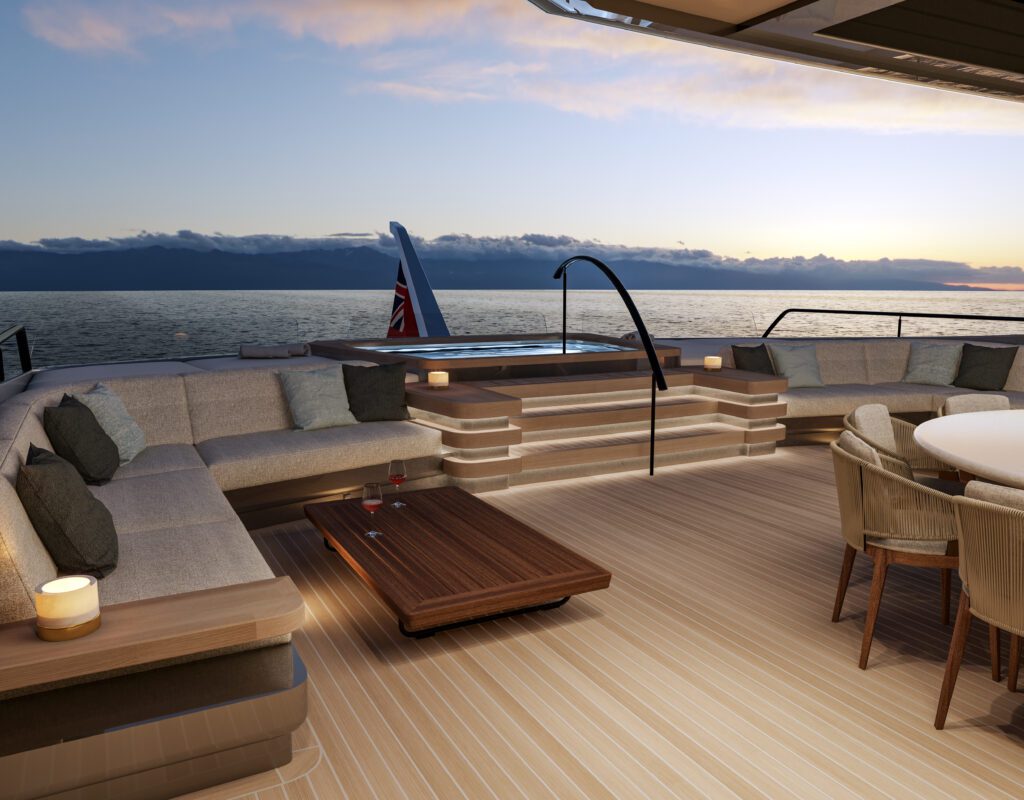
Isoclima
28/04/2022
Share this post

Do you know how much science is behind each of our processes? We’re not just referring to the technical aspects of product design and development, but also to the ancient knowledge that forms the foundation of scientific understanding as we know it today. To create glass with guaranteed and certified ballistic resistance, several disciplines must be crossed: engineering, physics, chemistry, and mathematics. These principles are put into practice by our most qualified professionals. One of the sciences that guide us every day is external ballistics, a branch of ballistics that describes the motion of a projectile through the atmosphere to understand its impact and complexity. Some of the most renowned mathematicians and physicists, such as Galileo, Tartaglia, Newton, and Euler, have questioned this complexity. Let’s explore some historical milestones of this discipline.
From the Beginnings to the Modern Era
To understand the ballistic resistance of glass, a brief journey through history is required. The first study on ballistics was conducted by the mathematician Tartaglia, who analyzed the trajectories of bombard cannon projectiles in 1537, followed by Galileo, who developed a mathematical method to calculate the trajectory, attributing its curved shape to gravity and considering the resistance of air negligible. Later, Newton’s laws of aerodynamics gave a semi-definitive imprint to these theories, adding that air resistance is proportional to the square of the velocity. Recent advancements, thanks to computers and the progress of science driven by prominent figures, have led to more reliable and accurate formulas and theories regarding projectile motion. Among these is the “6 Degrees of Freedom” (6-DOF), which allows for the calculation of the trajectory of any projectile—a theory used for military purposes.
Isoclima Serving Science
Listing all the scientific discoveries related to projectile trajectories would require more than just one article. However, these scientific revelations have allowed us to design glass with qualified ballistic resistance.
Surfaces that we subject to “stressful” tests, using innovative techniques to understand their reaction and resistance capabilities. In this way, we provide a product that resists projectiles, ensuring maximum safety for people.


